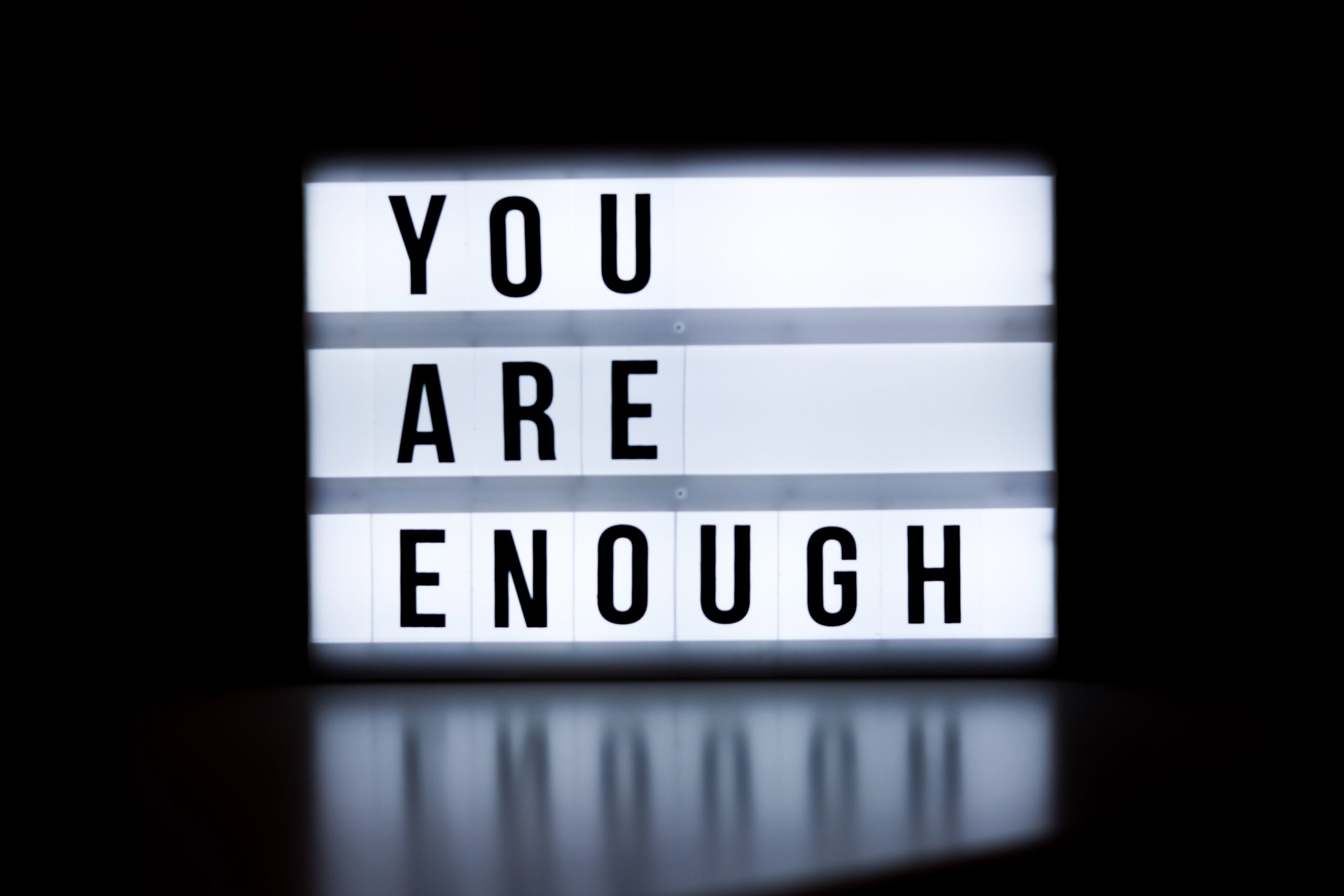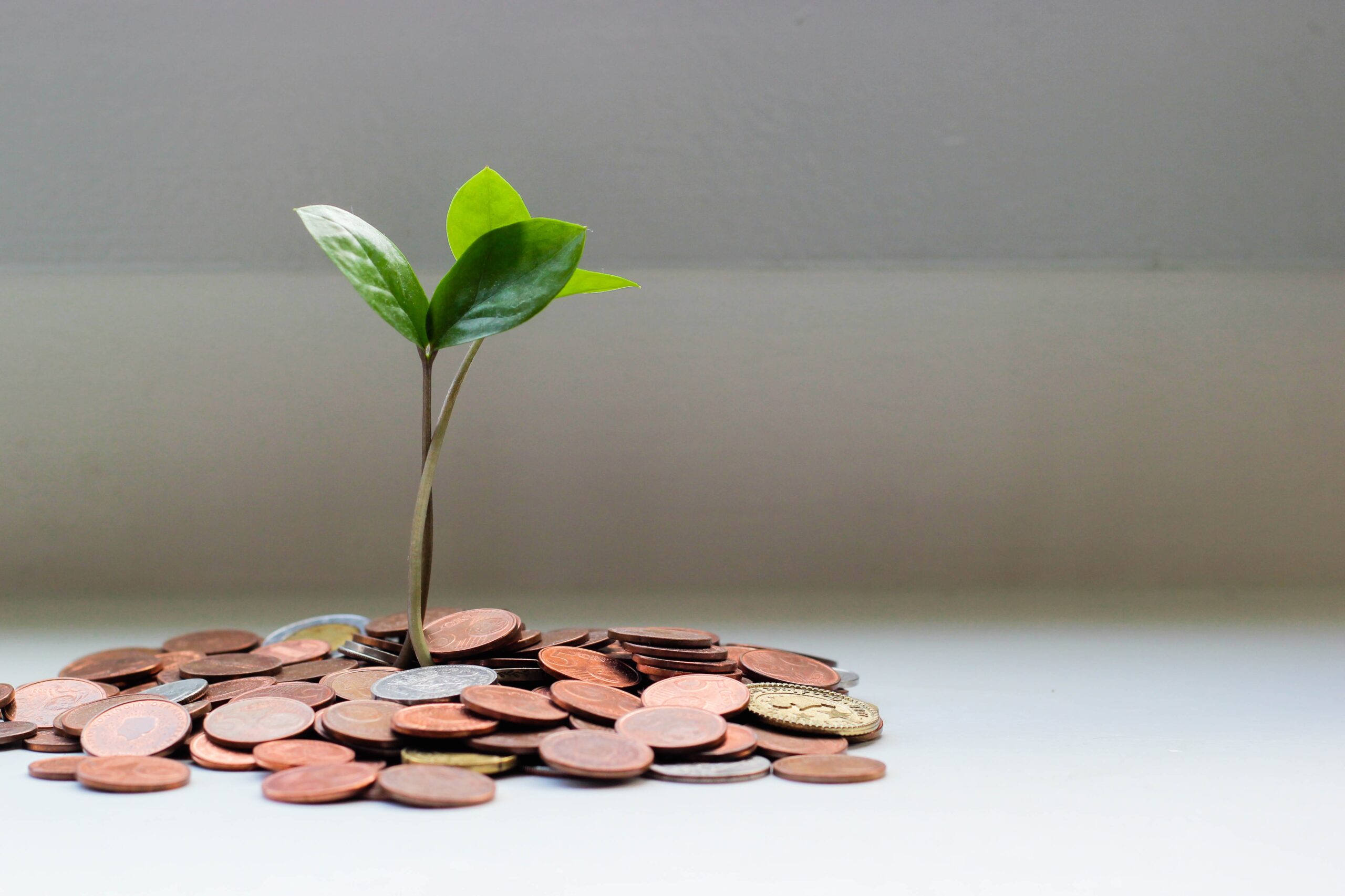A couple of years ago, I noticed that when I was very stressed, I became a total control freak. During times in my life where I was confronted with professional uncertainty or financial worries, I had a tendency to get obsessive with eating healthy and exercising. Looking back, it seemed that the lack of control I had over specific aspects, needed to be ‘compensated’ with excessive control over aspects that I COULD control. Unsurprisingly, this did absolutely nothing to solve the problems I had in other areas. In fact, it only caused more stress. Being a control freak is absolutely exhausting. And it often takes a full breakdown or burnout to turn things around. While I still sometimes struggle to ‘let go’, I have learned to identify my triggers. Do you ever feel like you’re a bit of a control freak or a perfectionist, or wish you weren’t as uptight? Read on to find out how you can use mindfulness to let go of that constant need for control.
Why you need to deal with an unhealthy need for control
Have you ever thought: “If only I could fix my [diet/relationship/work situation/finances/mental health/looks/car], everything in my life would be so much better”? It’s very common, especially in a modern society where there are so much expectations. You’re supposed to be educated, get a job, pay your bills, save money, feed yourself, take care of your personal hygiene, run a household, exercise, look representable, stay up-to-date on current events, spend time with your family, have a social life, and create time to relax. This can be extremely overwhelming, especially when something happens that makes you realize you don’t have as much as control over your life as you’d like. That is a part of being human. But it can trigger a sense of powerlessness, causing you to start over-managing things. Sooner or later, both your physical and mental health will suffer.
Tips for control freaks: how to let go, step by step
If you suspect you have an unhealthy need for control, it is very important to deal with this. Below, we’ve listed a few suggestions to help you find back a healthy balance:
#1. Ask yourself where that need for control is coming from
An unhealthy need for control is often rooted in unresolved issues. It could be a childhood where abuse, neglect or a highly critical caregiver were an issue, or PTSD due to trauma that occurred later in life. These kinds of issues are often buried in our subconscious, and you may have to dig deep to find out where your control issues are coming from.
#2. Be aware of your own thoughts and feelings
Often times, we don’t notice an increased need for control until we are already in full control-freak mode. In order to prevent yourself from going there, you need to become more aware of your own thoughts and feelings. This is something you can practice. It helps to keep a journal (even if it is just a line a day) and write down the feelings (anxiety, joy, worry, compassion, anger, gratitude, sadness, etc.) you experienced that day.
#3. Identify your triggers
Try to identify what situations or events trigger your excessive need for control. Make sure you also pay attention to physical responses, like when and where you hold tension in your body. Write down your triggers. It may not be realistic to avoid all triggering situations and events, but simply knowing when you need to be alert makes a big difference.
#4. Use visualisation to let go of negative emotions
Once you have identified your triggers, you can recognize them and change the way you respond to them. Whenever you feel that you start to spiral, try to shift your mindset. Visualisation is a powerful tool to help you do this. If you’re triggered by anxiety in anticipation to an event, for example, try to visualize putting that anxiety into a balloon and letting it float away. Breathing exercises also help; they calm both your mind and your body.
#5. Don’t rush your transition
Despite your best efforts, you may still occasionally find yourself going down the rabbit hole of unhealthy control. When that happens, pause and take a breath. Don’t beat yourself up for not recognizing your triggers – be kind to yourself. Old habits can be hard to shake, but with patience and practice you can learn to let go of the things that no longer serve you.









